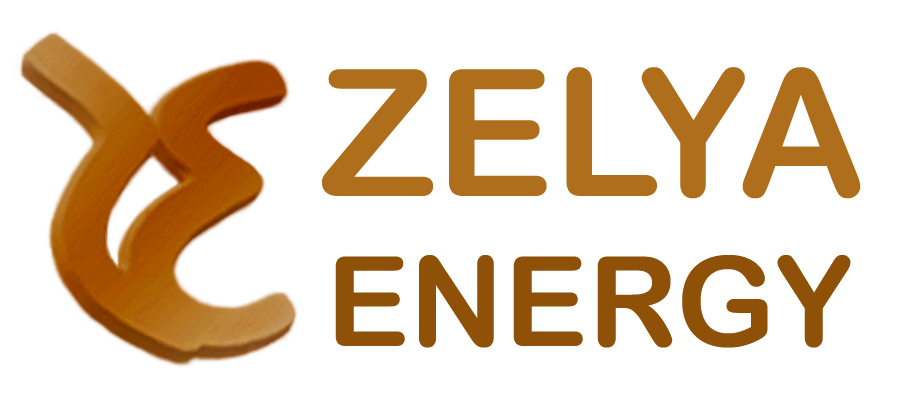As part of a feasibility study for a hydropower plant project, regardless of its size, it is necessary to assess the resource (i.e., the amount of energy available in the water or gross output) and the net output (i.e., the amount of electricity produced by the plant). Three types of variables influence these hydrologist and hydraulics calculations: the site configuration, the technology chosen, and the mode of operation.
In a simplified way, the calculation is organized in two steps.
Resource Evaluation
The resource or gross output of a hydropower plant refers to the instantaneous gravitational power available in the upstream water flow:
![]()
In addition to the density of water (ρ) and the gravitational constant (g), the hydraulic power depends on two variables that may vary over time:
- The gross fall height, Hb ;
- The instantaneous natural flow, Qn.
To evaluate these two variables, it is necessary to collect and process flow data measured at hydrometric stations, extrapolate them to the site level, and finally build and study temporal (interannual mean flow, etc.) and distributive (flow curve ranked, etc.) statistics of the flows at the site level. The fall height is usually deduced from the flow using a rating curve or diagram (H, Q).
Output Estimation
The output or net output of a hydropower plant refers to the instantaneous electrical power of the plant. Compared to the resource (or available power), the output is therefore reduced by the unexploitable flow, the hydraulic losses of the supply structures, and the overall efficiency of the equipment:
![]()
In this formula:
- η < 1 represents the overall efficiency, i.e., the effect of various losses from different equipment (generator, turbine, transformer, multiplier, etc.), which in principle depends on the turbinated flow ;
- ΔH > 0 represents the singular and regular hydraulic losses from the water intake to the turbine (supply canal, pressure pipe, valve, etc.) ;
- ΔQ > 0 represents the different restrictions, usually regulatory, which lead to not being able to turbine all the available flow (call-off, reserve flow, constraints of minimum/maximum levels upstream of the dam, etc.) and which may vary over time (seasons, floods, low waters).
The determination of these three variables is based on calculations related to civil engineering, available technologies (propeller, Kaplan, Francis, VLH, etc.), an analysis of conditions (reserve flow) and modes of operation.
Our services
As part of your hydropower plant project, Zelya Energy assists you in:
- providing a counter-expertise of a resource and output study;
- identifying relevant hydrometric stations;
- collecting and processing flow data at hydrometric stations and extrapolating them to the site level;
- building and analyzing flow statistics;
- developing or analyzing the rating diagram;
- advising on the technological choice and validating the efficiency characteristics of the turbines;
- studying the conditions and modes of operation;
- calculating the gross and net output of your project.
